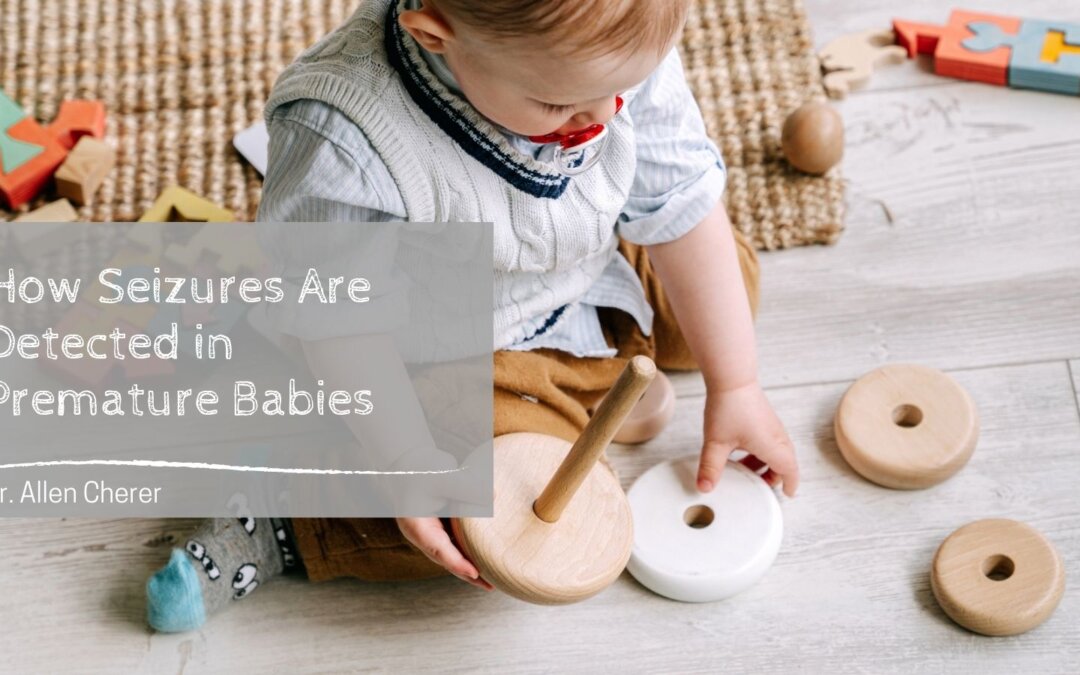Detecting seizures in premature babies is a crucial task, as these tiny patients are more vulnerable to neurological issues due to their underdeveloped brains. Understanding how seizures are identified in these fragile infants can offer reassurance to parents and caregivers, as well as highlight the amazing advancements in medical technology and care.
What are Seizures in Premature Babies?
Seizures in premature babies are episodes of abnormal electrical activity in the brain. These can manifest in various ways, from subtle signs like lip smacking or eye movements to more obvious jerking or twitching. Unlike adults, seizures in newborns can be harder to spot since their brain and nervous system are still developing.
Why Are Seizures a Concern?
Seizures can be a sign of underlying issues such as infections, brain injury, or metabolic problems. Early detection is vital because it allows for prompt treatment, potentially reducing the risk of long-term developmental issues.
How Are Seizures Detected?
- Clinical Observation: Nurses and doctors closely monitor premature babies in neonatal intensive care units (NICUs). They watch for physical signs of seizures, such as unusual movements or changes in behavior. This continuous observation is essential, but because some seizures are very subtle, additional methods are often necessary.
- Electroencephalography (EEG): EEG is one of the most reliable tools for detecting seizures in premature babies. This non-invasive test involves placing small electrodes on the baby’s scalp to record electrical activity in the brain. The EEG can pick up on abnormal brain waves that indicate a seizure, even if there are no outward physical signs.
- Amplitude-Integrated EEG (aEEG): This is a simplified form of EEG that provides a continuous, real-time view of brain activity. It’s particularly useful in NICUs because it can be used over extended periods, allowing for better detection of seizures that might be missed in a shorter EEG test.
- Video Monitoring: Combining EEG with video monitoring allows doctors to correlate brain activity with physical movements. This dual approach can help differentiate between actual seizures and other movements that might be mistaken for seizures.
- Advanced Technologies: Newer technologies and algorithms are being developed to enhance seizure detection. For instance, some NICUs are now using automated seizure detection systems that analyze EEG data in real-time, providing immediate alerts to medical staff.
The Role of Parents and Caregivers
Parents and caregivers play a crucial role in the care of premature babies. They often notice subtle changes or behaviors that might be missed during routine monitoring. Reporting these observations to the medical team can be invaluable for early seizure detection.
Conclusion
Detecting seizures in premature babies requires a combination of vigilant clinical observation and advanced technology. The integration of EEG, aEEG, video monitoring, and emerging automated systems ensures that seizures are identified as early as possible. This early detection is key to providing timely treatment, which can significantly improve outcomes for these vulnerable infants.
Parents and caregivers should feel reassured knowing that NICUs are equipped with sophisticated tools and staffed by dedicated professionals who are committed to the health and well-being of their tiny patients. Through a combination of human vigilance and technological innovation, we can offer the best possible care to premature babies facing the challenge of seizures.

